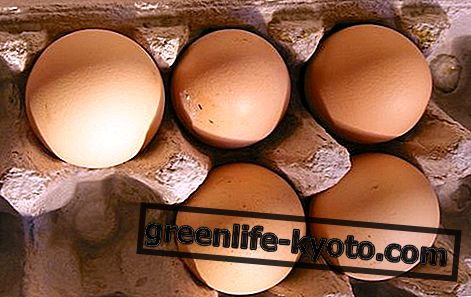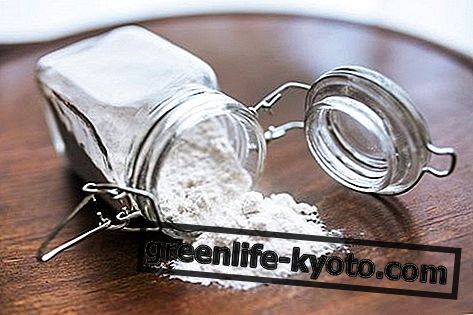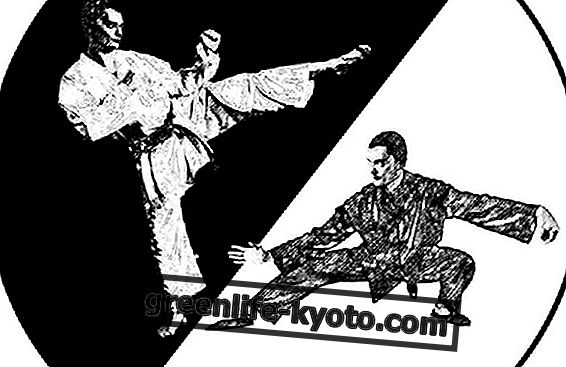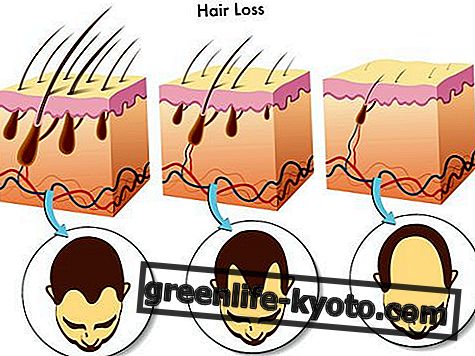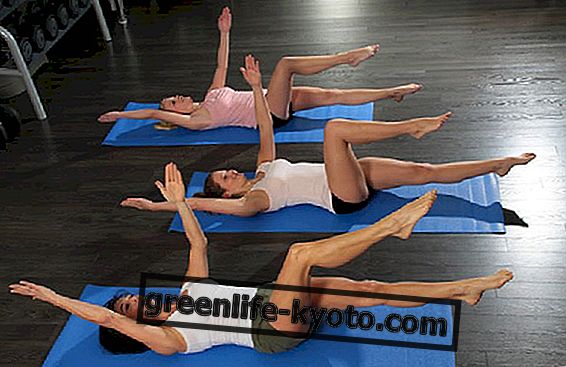
Breast self-examination is the first step in the early diagnosis of breast cancer .
A woman who practices it usually knows her breast better and has more chances to detect any alterations. Self-examination is also useful to capture the signs of other sinus pathologies.
How to do breast self-examination
Breast self-examination involves two phases, observation and palpation .
- Stand in front of the mirror and carefully observe the shape of the breasts from several positions : first with the arms extended at your sides, then with the arms raised and joined on the head and finally with the hands resting on the hips. To verify the possible appearance of alterations in the shape of the breast, skin and / or nipple observed from multiple positions, frontally and laterally.
- Carefully palpate first one breast and then the other without leaving any area, including that of the axillary grooves and the area around the nipples. Palpation should be carried out with the hand opposite to that of the breast, using a circular motion, using the fingertips. It should also be repeated with movements in a linear and radial sense.
- Squeeze the nipple to check for secretions .
When to do breast self-examination
Breast self-examination is recommended as early as the age of 20 and should be practiced regularly, referring once a month, between the seventh and fourteenth day of the menstrual cycle, when the breast is less painful and turgid.
Respecting this timing and practicing self-examination always on the same day of one's menstrual cycle is important as the structure of the breast can change as a result of the monthly hormonal changes.
In very young women, self-examination may be more complex due to the particularly dense structure of the breast, but it is nevertheless recommended to do so.
After menopause, breast self-examination can be performed at any time of the month, the important thing is to practice it regularly.
After the age of 40/45, or even at a younger age if there is familiarity or alterations have been found, the monthly self-examination must be associated with annual breast examinations and instrumental examinations such as ultrasound and mammography on a schedule agreed with the doctor.
What can be observed with breast self-examination
Self-examination allows you to notice changes such as:
- The appearance of a thickening and / or small nodules that were not there before.
- A variation in the shape and size of the breast.
- An asymmetry .
- An alteration of the nipple, for example retraction, irritation.
- Spill of nipple secretions .
- An alteration of the skin that may appear, for example, irritated or wrinkled.
It is often thought that the self-examination of the breast serves only to search for possible nodules in the mammary gland, in reality the other listed signals can also emerge, which must however push the woman to go to a doctor, as they can represent signs of a carcinoma or of other diseases affecting the breast.
Because breast self-examination is important
Breast cancer affects one woman in eight, it's a very high figure. In fact, breast cancer is the most common form of cancer in women. The incidence is constantly increasing and the average age of onset is always lower.
Despite this, however, breast cancer heals more and more, and it happens thanks to the early diagnosis as well as, clearly, to medical progress.
Knowing the structure of one's breast is not easy and takes time ; a woman who knows her well, as was said at the beginning of this article, has more chances to detect changes early.



